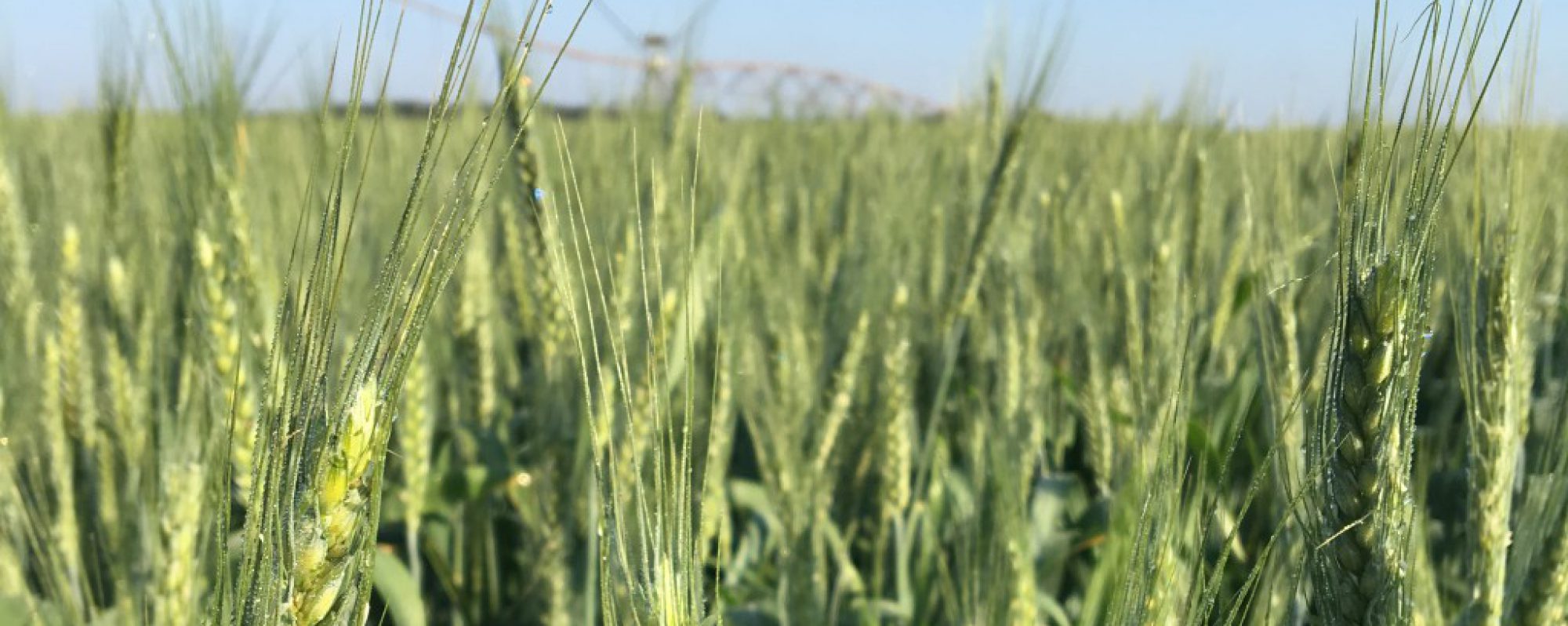Per Dr. Prostko
A few things for you to chew on:
1) The following are some pictures of a few peanut tank-mixes that I observed over the last few weeks that were not included in previous slides I sent you. Nothing too scary here.



2) Last week, I received numerous inquiries about controlling broadleaf perennial weeds in peanut (dogfennel, horsenettle, maypop passionflower, heliotrope, etc.). None of the herbicides we have in our peanut arsenal work well on these types of weeds. Growers who have perennial weeds in their peanut fields might consider the following:
a) If perennial weeds are in small spots and growers are willing to sacrifice the peanuts in those spots, they can be spot treated with a high rate of glyphosate (i.e. Roundup PowerMax3 5.88SL @ 44 oz/A or equivalent).
b) In the fall after harvest, allow perennial weeds to regrow then treat fields with a high rate of glyphosate (same rate as above). This fall application of glyphosate must be be applied at least 2 weeks before first frost. Then in the spring of next year, plant RR-field corn or Xtend soybeans/cotton and plan on using a POST combination of glyphosate + dicamba in those crops.
c) It will take multiple years of fall + spring applications of glyphosate to get perennial weeds under control. It took more than 1 year for these weeds to become a problem and will take more than 1 year to get them under control.
d) Avoid planting peanuts in fields with known populations of perennial weeds.


3) Pink purslane has been a bur under my saddle for many years. Consequently, my PhD graduate student (Nick Shay) is conducting POST control studies as part of his dissertation. Nick already completed 2 trials in the greenhouse last fall and 1 field trial this summer. The following are the recent results of the field trial that he conducted. Surprisingly, only Aatrex (atrazine) and Cobra (lactofen) were effective in this POST trial. This field trial will be repeated again later this summer.



